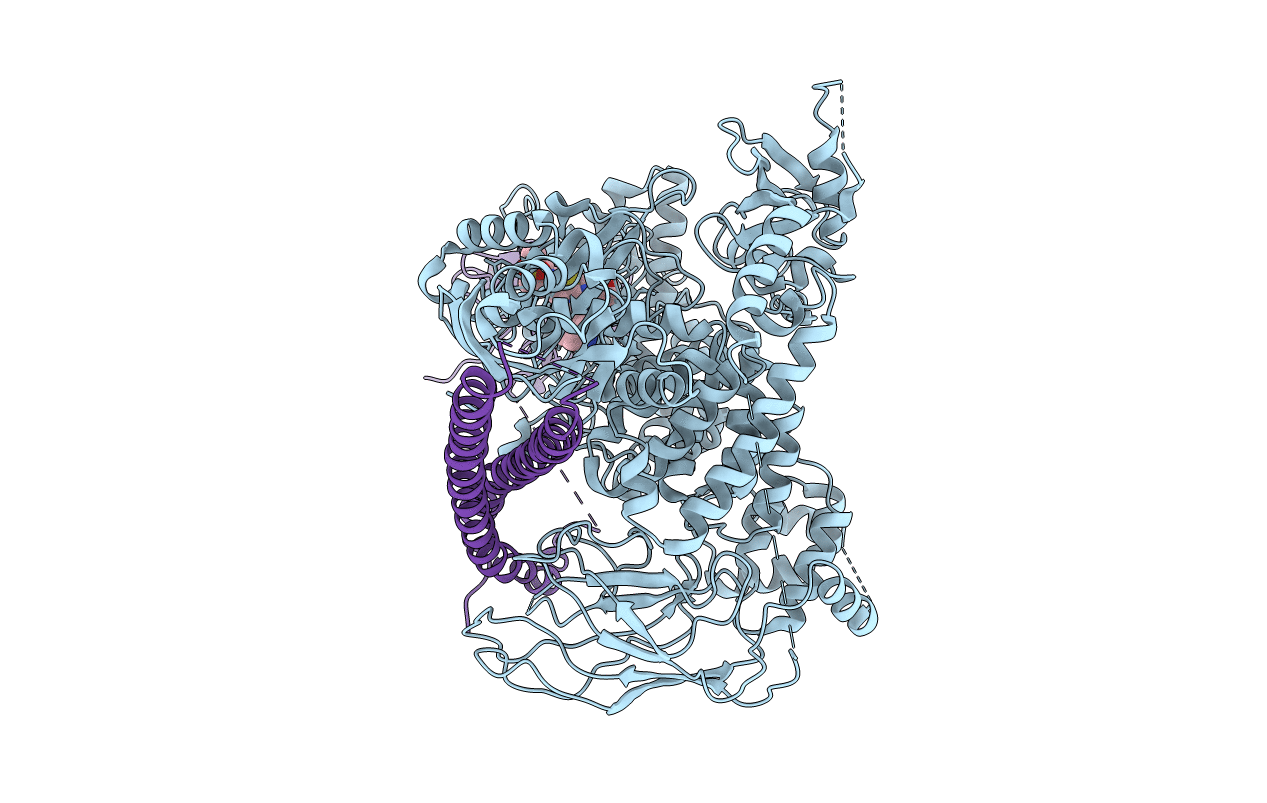
Deposition Date
2010-12-20
Release Date
2011-03-16
Last Version Date
2023-12-20
Entry Detail
PDB ID:
2Y3A
Keywords:
Title:
Crystal structure of p110beta in complex with icSH2 of p85beta and the drug GDC-0941
Biological Source:
Source Organism:
MUS MUSCULUS (Taxon ID: 10090)
Host Organism:
Method Details:
Experimental Method:
Resolution:
3.30 Å
R-Value Free:
0.29
R-Value Work:
0.23
R-Value Observed:
0.23
Space Group:
P 65 2 2


